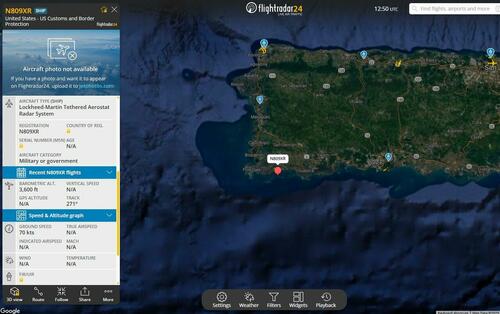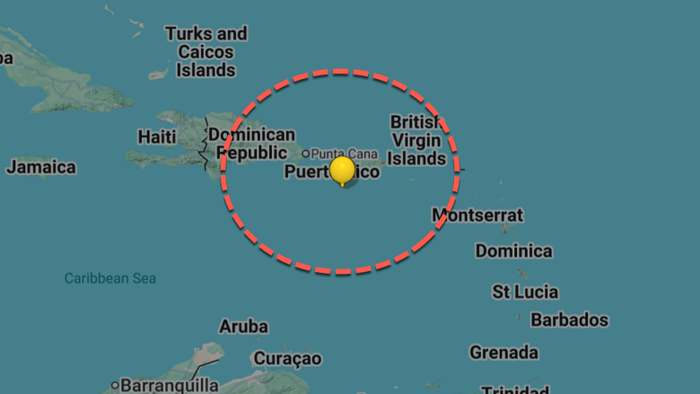The Trump 2.0 era has seen a resurgence in Western Hemisphere defense, with a focus on safeguarding the homeland and the region as the world becomes increasingly volatile. This shift, known as “Monroe Doctrine 2.0,” marks a reorientation of U.S. defense priorities away from the Middle East.
One area of particular focus is the Caribbean Sea, especially off the coast of Venezuela, where there has been a significant buildup of U.S. military assets. This includes missile destroyers, soldiers, sailors, surveillance aircraft, and even possible dry bomb runs by B-1 bombers.
An interesting development is the deployment of high-altitude surveillance blimps equipped with advanced radar systems. These blimps provide real-time situational awareness across the region, enhancing the capabilities of the Caribbean Air and Marine Operations Center and other command-and-control hubs.
Defense Blog reports that the United States has increased the use of its tethered aerostat radar system in Puerto Rico, providing persistent airborne surveillance in the Caribbean amid growing security concerns.
The long-standing system, equipped with Lockheed Martin’s Tethered Aerostat Radar System (TARS), has been flying more frequently in recent weeks, according to defense monitoring sources.
The Puerto Rico TARS site now serves as a forward radar post, enhancing the U.S. military’s surveillance network and supporting military, Homeland Security, and counter-smuggling operations in the region at a lower cost than conventional patrol aircraft or warships.

The expanded deployment of TARS is a clear indication of the strengthening of hemispheric operations, providing an early-warning sentry for both narcotic and national security operations.
Loading recommendations…

